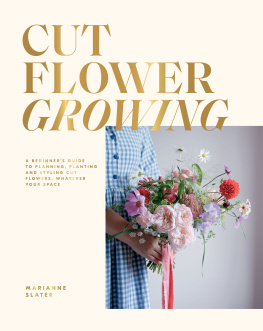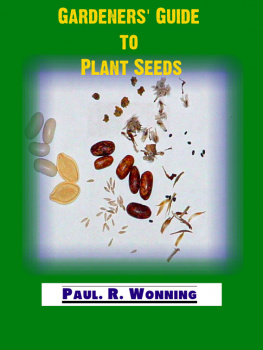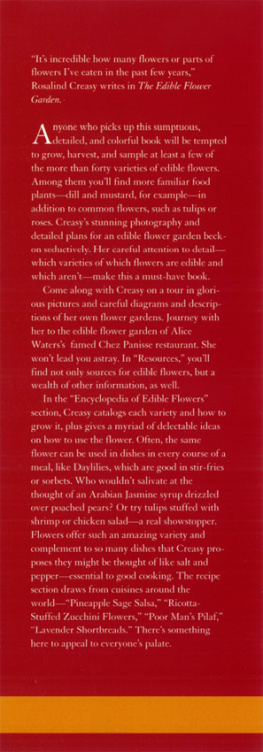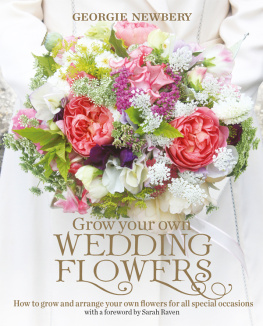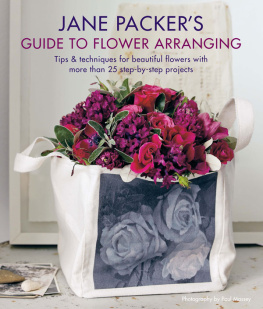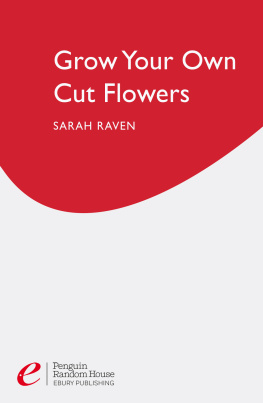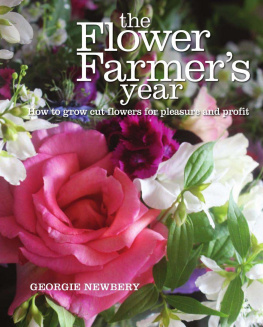
Published in 2022 by Hardie Grant Books, an imprint of Hardie Grant Publishing
Hardie Grant Books (London)
5th & 6th Floors
5254 Southwark Street
London SE1 1UN
Hardie Grant Books (Melbourne)
Building 1, 658 Church Street
Richmond, Victoria 3121
hardiegrantbooks.com
All rights reserved. No part of this publication may be reproduced, stored in a retrieval system or transmitted in any form by any means, electronic, mechanical, photocopying, recording or otherwise, without the prior written permission of the publishers and copyright holders.
The moral rights of the author have been asserted.
Copyright text
Marianne Slater 2021
Copyright photography
Marianne Slater 2021
British Library Cataloguing-in-Publication Data. A catalogue record for this book is available from the British Library.
Cut Flower Growing by Marianne Slater
eISBN: 978-1-78488-526-7
Publisher: Kajal Mistry
Project Editor: Chelsea Edwards
Design: Claire Warner Studio
Photography: Marianne Slater
Copy Editor: Rosie Fairhead
Proofreader: Jessica Spencer
Indexer: Helen Snaith
For Alison, without whom, this book wouldnt exist.
DISCLAIMER
Every care possible has been taken to give the best advice available on the topics in this book, but the techniques and suggestions all come from my own experience, and tips and tricks I have picked up along the way. I am simply sharing my journey and my experiences with you. Sometimes you can do all the right things and take all the right steps, but your flowers just dont show up. This can be for any number of reasons: weather, soil, poor-quality or old seed, the list goes on thats nature! Dont be too hard on yourself; keep trying and dont give up.
SAFETY
Please make sure you take all safety precautions necessary and in line with the equipment you choose to use while undertaking any gardening project.
Growing cut flowers is, essentially, simple. While it does entail a lot of hard work, for sure, the principles I have used throughout my career have stemmed from adapting straightforward rules to my surroundings and experiences. It is basically a never-ending experiment: year on year you learn what works and what doesnt, and, really, it is applying these lessons throughout your journey that will make you an efficient and successful grower.
WHAT IS A CUT FLOWER?
Cut flowers are what all florists, floral designers and flower arrangers use to create their displays. A cut flower is one that will last well when its stem is cut from the main plant. The flower or foliage is robust enough not to wilt or wither too quickly, and can be enjoyed in arrangements in water for days after cutting.
WHY WOULD YOU WANT TO GROW YOUR OWN CUT FLOWERS?
There are many different reasons. Home-grown cut flowers are much more eco-friendly than most shop-bought ones, some of which have travelled thousands of miles on aircraft, boats or trains to get to your local supermarket or florist. The air miles in even a simple shop-bought bouquet can be astronomically high. I think the most basic reason to grow your own cut flowers, though, is simply to enjoy the process. It is magical to pop seeds into some soil, take care of them, watch them grow and then, when theyre ready, cut them, arrange them and enjoy them!
GROWING FLOWERS
IS BASICALLY A NEVER-ENDING EXPERIMENT

ASSESSING
your aims
Whatever space you have to dedicate to growing cut flowers whether it is just a few pots, one raised bed or a small field (or more!) I fully believe that you can grow beautiful flowers to enjoy. Planning is the way to be most efficient with your time and budget. If you know how much space you have to fill and what you want to get out of it, you can make a good plan of how to move forward with dedicating time to your flower garden.
FINDING YOUR INSPIRATION
Take some time over this section and really think about what you want to get out of flower growing. This is the daydream, fantasy part where I suggest you get lost in Pinterest and your own ideas notebook or scrapbook (if youre anything like me, a dedicated flower-growing notebook is a must). My Pinterest boards are where I find so much inspiration, and I find that visualising my goal always helps me to plan.
Its a great idea to look for inspiration that matches the space you have. If you have a small patio in a city, search for something like small city garden. Looking at images of how people have used a meadow-sized garden to start a flower farm can be disheartening when your reality is a much smaller space, but even the smallest space can be beautiful when used properly. Use Pinterest to see how other people have used limited spaces, which pots or containers they have chosen and also how much they have fitted into an area similar to yours. Pinterest vs Reality can be a real demotivator, but if youre searching for the most relevant inspiration for your project it can spark many amazing ideas.
I also keep a notebook on hand or a section in my phone (I have both on the go) for whenever I see something in a garden, on television, in a magazine or on the internet that I might like to try and grow. I either jot it down or print it off/cut it out if its something really beautiful, then do a little bit of research to see if its suitable for my garden and whether I can work it into my next growing year.

WHAT AM I HOPING TO GET OUT OF GROWING CUT FLOWERS?
Is it simply the joy of the process and a fresh vase of flowers on the kitchen table every week? A few gift bouquets to share with friends and family? Are you wanting to grow and arrange some flowers for your own wedding or event? Or are you a florist wanting to add variety to your arrangements? Have a think about the scale you want and how that fits the space you have available.
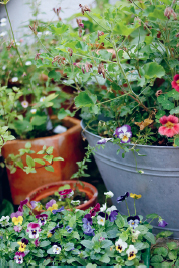
HOW MUCH TIME DO I HAVE FOR THIS PROJECT?
Do you have weekends to yourself, one dedicated day a week, a free evening? Its important to make sure you dont put pressure on yourself to do too much. Flower growing should be an enjoyable (if slightly labour-intensive) journey; it can calm the soul, bring happiness and create true joy. The time you dedicate to it must sit happily within your life, and if you let it become a burden, something you feel chained to, you wont enjoy the fruits of your labour anywhere near as much.
You should come out with enough produce to create pretty arrangements throughout the summer, even if you have only one evening a week to put into this project. If that is the case for you, I would recommend picking a few (between five and ten) varieties of annual seed to grow, and dedicate that time to sowing, nurturing and maintaining them throughout the season.
WHAT SIZE SPACE DO I NEED?
You can grow a surprising amount even in the smallest spaces; a few beds or some pots are all you really need. It is generally agreed that the best size for a flower bed is about 3 by 1 m (10 by 3 ft), so that you can reach all the plants when youre cutting but still fit a few different varieties into each bed. Although this is really sound advice, I would say that, as a rule of thumb, if you can walk around the space comfortably, reach all the plants for cutting and weeding, not hurt yourself at the height youre working at and create a beautiful display of all your favourites, you wont go far wrong. I dont work in raised beds because I have lots of established perennials to work around, and Ive never felt that holds me back, but they can be useful if youre working on very poor ground (with a lot of builders rubble, for example, or on very sandy soil), and theyre great if you find it tricky to bend to ground level.
Next page
